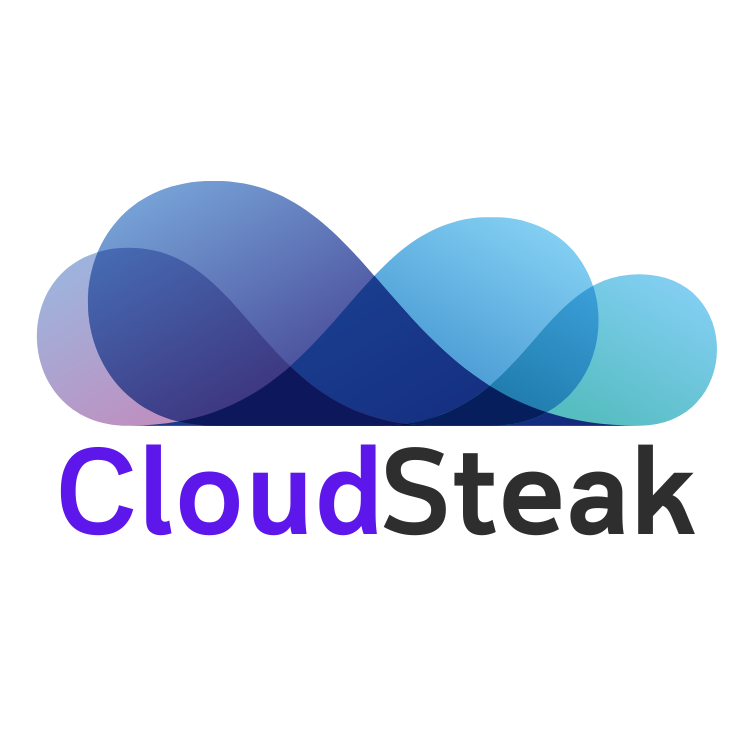Welcome to above the clouds

AWS – Amazon API Gateway now supports mutual TLS with certificates from third-party CAs and ACM Private CA
Amazon API Gateway enables customers to authenticate clients using certificate-based mutual TLS, where digital certificates are exchanged between the client and API Gateway before a secure connection is established. Previously, only certificates issued by AWS Certificate Manager (ACM) could be used as the server certificate when configuring mutual TLS in API Gateway. Starting today, customers […]

AWS – AWS Glue DataBrew now supports writing prepared data into Tableau Hyper format
AWS Glue DataBrew recipe jobs now support Tableau Hyper as a data output format, allowing customers to easily take the prepared datasets from Amazon S3 and upload them into Tableau for further visualization and analysis. For a list of supported output formats, please see the AWS Glue DataBrew output formats table. Read More for the details.

AWS – AWS Glue DataBrew now supports logical conditions as transformations
With AWS Glue DataBrew, customers can now use IF, AND, OR, and CASE logical conditions to create transformations based on functions. With this feature, customers have the flexibility to use custom values or reference other columns within the expressions, and can create adaptable transformations for their specific use cases. Read More for the details.

AWS – CodeBuild Supports Publicly Viewable Build Results
AWS CodeBuild project owners are now able make build logs and artifacts publicly accessible to people who are not logged into the AWS Console. This simplifies how CodeBuild project owners are able to collaborate with open source contributors because project owners don’t need to administer AWS account access for each contributor. Read More for the […]

AWS – Amazon CodeGuru Profiler adds recommendation support for Python applications
Amazon CodeGuru is a developer tool powered by machine learning that provides intelligent recommendations for improving code quality and identifying an application’s most expensive lines of code. Developers can use Amazon CodeGuru Profiler to understand the runtime behavior of their applications, identify and remove code inefficiencies, improve performance, and significantly decrease compute costs. Read More […]

GCP – What’s new with Splunk Dataflow template: Automatic log parsing, UDF support, and more!
Last year, we released the Pub/Sub to Splunk Dataflow template to help customers easily & reliably export their high-volume Google Cloud logs and events into their Splunk Enterprise environment or their Splunk Cloud on Google Cloud (now in Google Cloud Marketplace). Since launch, we have seen great adoption across both enterprises and digital natives using […]

AWS – AWS Snow Family now enables you to remotely monitor and operate your connected Snowcone devices
AWS Snow Family customers to remotely monitor and operate their connected AWS Snowcone devices. This enables customers to manage one or thousands of Snowcone devices, even when they are geographically dispersed. Customers can remotely view a central dashboard to see whether a device is online or unlocked and monitor metrics such as storage and compute capacity. Additionally, […]

Azure – Azure Machine Learning public preview announcements – August 2021
New features Cross Location Compute, Hierarchical Time Series, and Compute Instance auto-shutdown and auto-start capabilities are now available in preview in Azure Machine Learning. Read More for the details.

GCP – To keep pace with the changing world of work, Trimble relies on Chrome OS and Parallels Desktop
Editor’s note:Today’s post is by Frej Krook, Collaboration Community Manager for Employee Tools at Trimble, the Sunnyvale, Calif.-based technology company focusing on positioning, modeling, connectivity, and data analytics. With Chrome OS and Parallels Desktop for Chrome OS, Trimble is giving employees the flexibility to choose workplace tools, as the business plans its return to the […]

AWS – New AWS Solutions Implementation: AWS Innovation Sandbox
We are delighted to announce the addition of AWS Innovation Sandbox to the AWS Solutions Implementations portfolio. Read More for the details.
